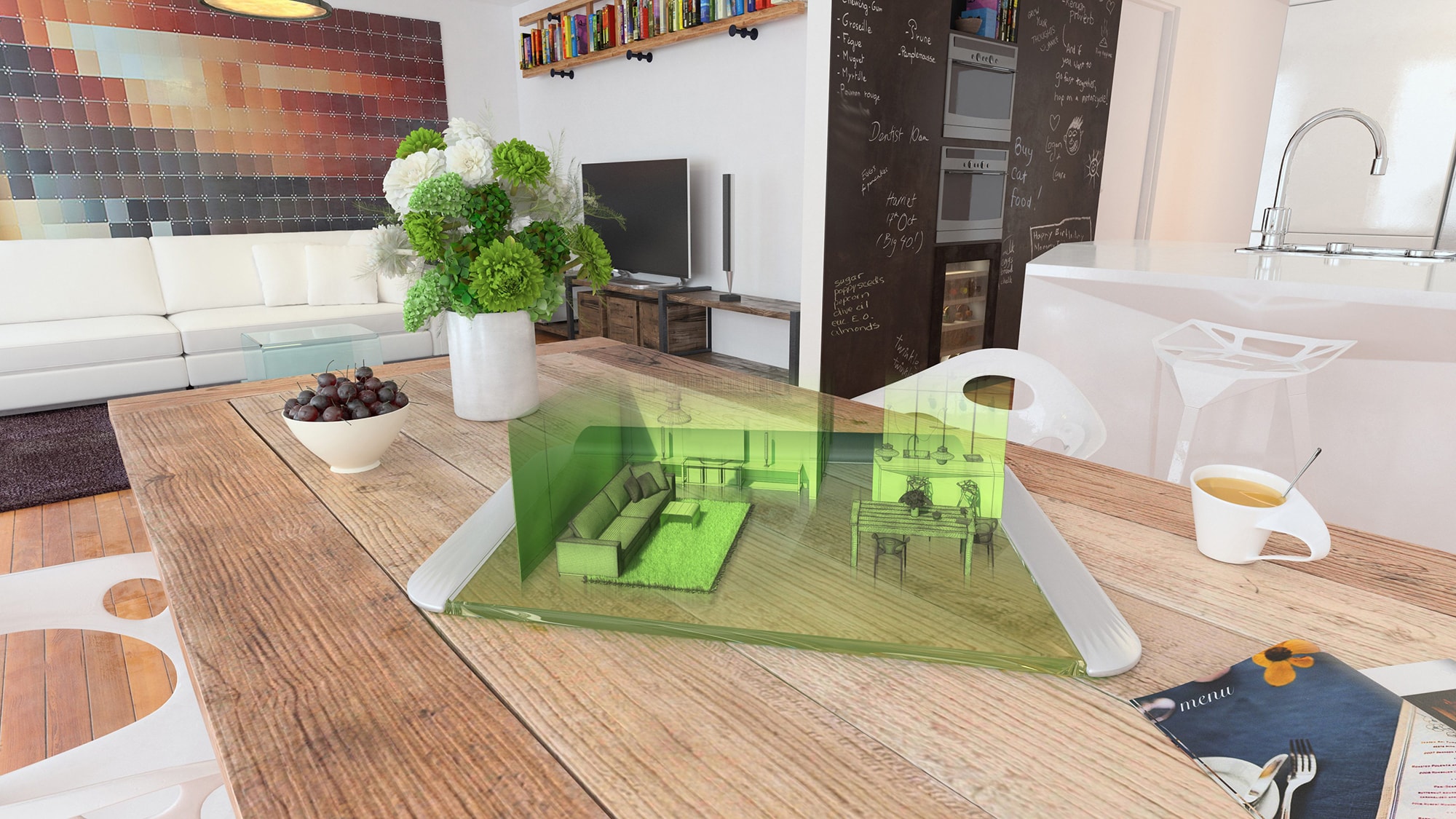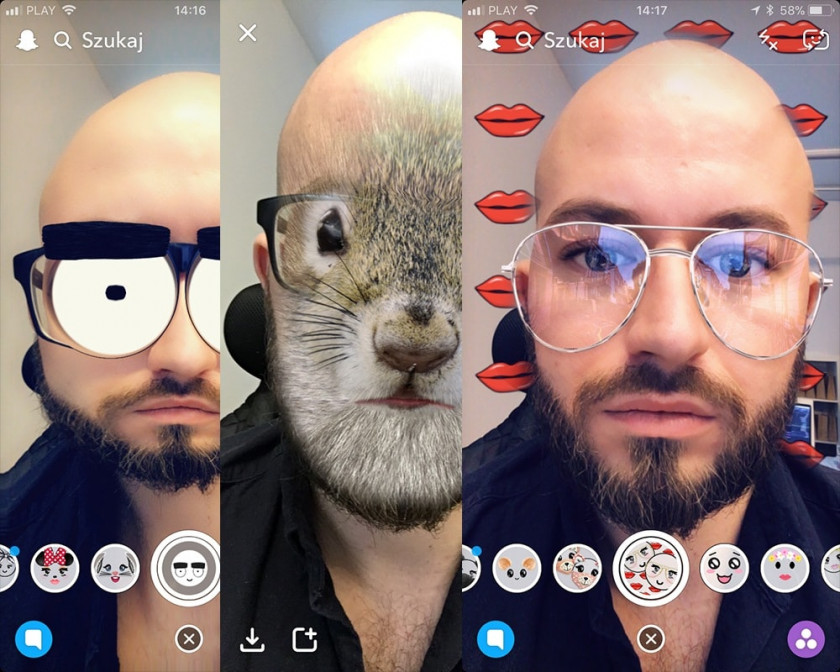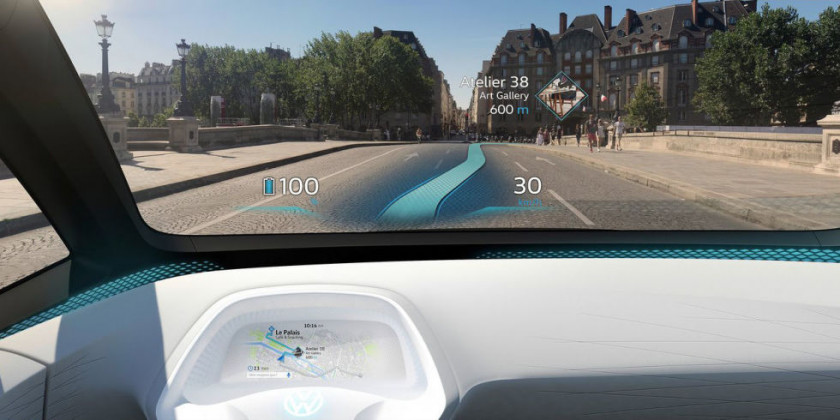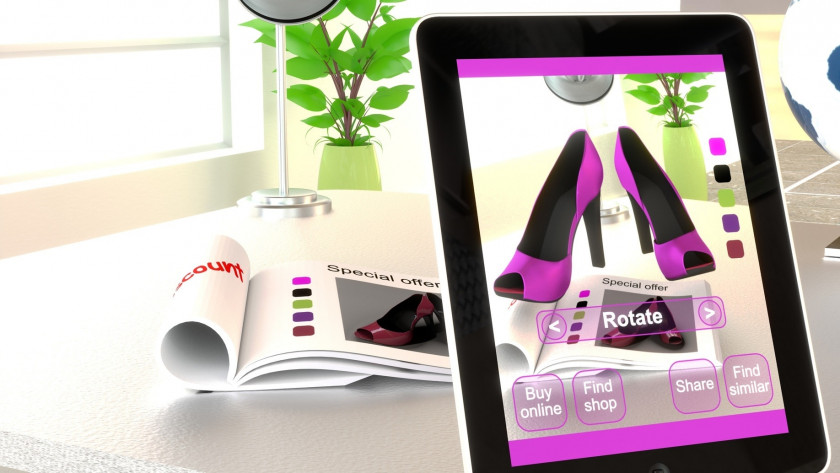Apple is hesitant to join races that other companies are taking part in. Some say they’re slow to innovate. Others say that they are always late with new tech. Plenty would complain that there are other companies that do things better.
But the power of the highest-valued brand in the worldcannot be underestimated. If they commit to something, they make this thing huge. Look at how biometric features—like touch ID—have grown. Some companies had included fingerprint recognition in mobile devices years before. Heck, the newly released facial recognition, which allows you to unlock your phone, was available years ago—but it’s new to Apple.
But when Apple made it work so smoothly and seamlessly, everybody started using it. Before Apple took that step, other companies acted as if they weren’t sure if it was the right thing to do—but it was right for them to try. Once Apple goes for something, then it becomes safer for others to invest and the market booms. It’s not all about being the first. It’s about being the one that did it right.
And what was the latest Apple release? AR! Well, not AR itself, but in the new set of iPhones—8, 8 Plus, and X—Apple included a new processor that is designed to handle AR apps. The App Store is being flooded with new apps that use this technology and it is promoting them. This trend is set to continue. Apple might want to support augmented reality as its growth in popularity would mean that they’ve chosen the right development path—and eventually make more profits out of it.
Of course, there’s a lot of Apple’s marketing in there, but for the AR industry, this may be highly beneficial. Although AR’s been available for a while, now might be the best time to join Apple in investing in AR.
It’s Right There, We Just Don’t Think It’s Special Anymore
We are quite ungrateful for all the modern technology. We are excited when it is launched, we play with it when we get our hands on it for the first time, and then we forget about it. Not that we don’t use it—completely the opposite. We use it every day. We just see it as another normal thing, just like a dishwasher, a car, or a light bulb.
Right now, we’re not amazed by what AR is. We are getting used to it, we know what it does in a general sense, and we use it. What might be impressive, however, is what it can do already.
- Entertainment: Snapchat Filters




